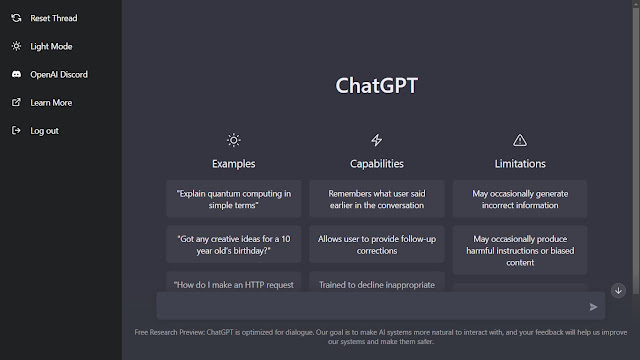How Chat GPT works in detail
Basics of ChatGPT
ChatGPT is based on the Transformer architecture, which is a type of neural network that processes input data in parallel. This architecture has revolutionized the field of natural language processing by allowing models to understand the meaning of words and sentences, and generate relevant responses.
ChatGPT is pre-trained on a massive amount of text data, such as web pages, books, and social media posts. During training, the model learns to identify patterns and relationships between words and phrases, and to generate coherent and relevant text. This pre-training stage is crucial for ChatGPT to develop a deep understanding of natural language and generate high-quality responses.
Advanced Concepts of ChatGPT
Fine-tuning
After pre-training, ChatGPT is fine-tuned on a specific task, such as chatbot conversation or customer support. During fine-tuning, the model is trained on a smaller dataset of text that is relevant to the task at hand, allowing it to specialize its responses.
Input Processing
Response Generation
Using the input representation, the ChatGPT model generates a response to the user's message. The response is generated using a probabilistic approach, where the model generates multiple possible responses and chooses the one that is most likely to be the correct response based on the input. The model's ability to generate multiple possible responses allows it to provide a variety of responses to the user, making the conversation more natural and engaging.
Output Generation
Once the model has generated a response, it is converted back into natural language text and sent back to the user. This output generation stage is crucial for ChatGPT to provide a seamless conversational experience for the user.
Continual Learning
As users interact with the ChatGPT chatbot, the model continues to learn and improve its responses over time. The model adapts to new types of input and feedback, allowing it to provide more accurate and relevant responses. This continual learning is important for ChatGPT to stay up-to-date with the latest trends and provide high-quality responses to the users.
Conclusion
In conclusion, ChatGPT is a powerful language model that uses deep learning techniques to generate human-like responses in natural language conversations. By understanding the basics and advanced concepts of ChatGPT, we can appreciate the model's capabilities and its potential applications. Additionally, by optimizing our content for search engines, we can reach a wider audience and provide valuable information about ChatGPT to those who are interested in this exciting technology.







Comments
Post a Comment